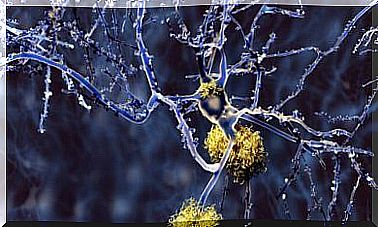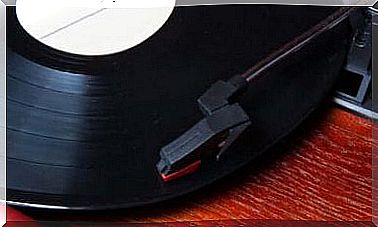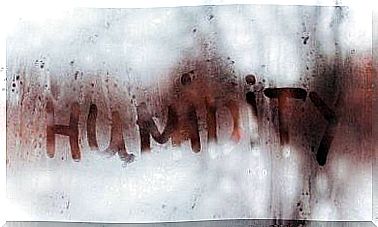What Is Chest Pain?
Chest pain is any pain between the neck and the abdomen. Its causes are very varied and can be essentially cardiological or non-cardiological. In this article, we describe its characteristics and origin.
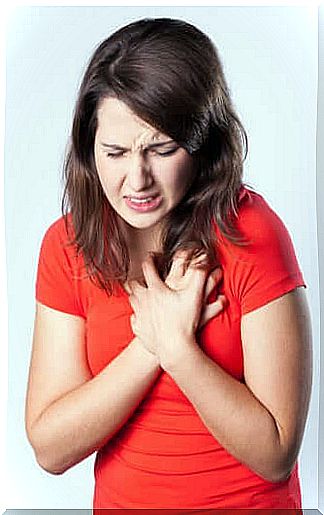
Chest pain, to be classified as such, must be located in the anterior region of the trunk of the human body. Precisely, it must be felt somewhere between the neck and the abdomen. Some describe it as pain, others as discomfort. It can also be interpreted as a tightness in the chest.
This chest pain can come from any structure in the chest. It can be pain from an organ, such as the esophagus, or from the chest wall, muscles, ribs, or nerves. And it can radiate, spreading pain to the neck, upper limbs, or even the face.
Occasionally, chest pain begins in the back and is felt first in this area. It will depend on the specific origin of the pathology that generates the pain. Either way, to be considered chest pain, this pain must manifest in the front.
It is a pain that people fear a lot. Subconsciously, it is always associated with a heart problem, hence the fear. About 5% of emergency room visits are attributed to chest pain. In pediatrics, the impact is less frequent and represents less than 1% of emergency consultations at this age.
Organic causes of chest pain
Chest pain usually falls into two broad groups: those of cardiac origin and those of non-cardiac origin. This allows doctors to quickly distinguish between pain that needs urgent attention and pain that can be treated less quickly.
Let’s list the causes of heart chest pain first, and then some groups of structures that can cause non-heart chest pain.
Cardiovascular origin
- Ischemic disease : Chest pain is the basic sign of angina and myocardial infarction. It is a very intense, incapacitating pain with a feeling of tightness. It is located in the heart region and radiates to the upper limbs and up to the neck. It’s an absolute emergency
- Aortic rupture : Although the aortic artery has a thick wall that withstands high pressures, it can rupture. This is an uncommon clinical situation called aortic dissection that causes severe pain. It also requires urgent attention
- Pericarditis : The membrane that covers the heart is called the pericardium. Under various circumstances, it can collect fluid and become inflamed, causing pericarditis. Pericarditis is expressed by chest pain which may be intermittent and which usually changes depending on the position
Chest pain in the lungs
- Pneumonia : Infection of the lungs with microbial agents causes chest pain. The pain may be continuous and increase with coughing or breathing. Usually it is pain on one side, coinciding with the infected area
- Pulmonary embolism : The arteries and veins in the respiratory system can become blocked with clots in a disorder called pulmonary embolism. These clots can form in the same lung or come from other parts of the body through the circulation. It is also an extremely urgent situation
- Pneumothorax : Just as the heart is surrounded by the pericardium, the lungs are surrounded by the pleura. If the virtual space that forms the pleura is filled with air, it is called a pneumothorax. It is very painful and is accompanied by symptoms such as dyspnea
- Pleuritis : the pleura is also susceptible to inflammation. We then speak of pleuritis or pleurisy. As in pericarditis, the pain is intermittent and may vary with changes in posture

Pain originating in the digestive tract
- Esophageal spasm : the esophagus passes through the center of the chest to communicate between the mouth and the stomach. Since it is a hollow organ with a muscular wall, it may have spasms. In a spasm, the esophagus closes on itself, causing chest pain and preventing the passage of food
- Gastritis : Although the stomach is located lower, gastritis and dyspepsia sometimes manifest as pain in the chest. Gastritis is not only painful, it is usually accompanied by digestive signs, such as belching, reflux, and nausea. Gastroesophageal reflux chest pain looks like a painful tie in the center of the chest
- Gallbladder lithiasis : If the gallbladder has stones, although the usual pain is abdominal, it can affect the chest. Depending on the anatomical position of the gallbladder and the position of the stones, some patients experience colonic pain in the right lung region and even in the right shoulder.
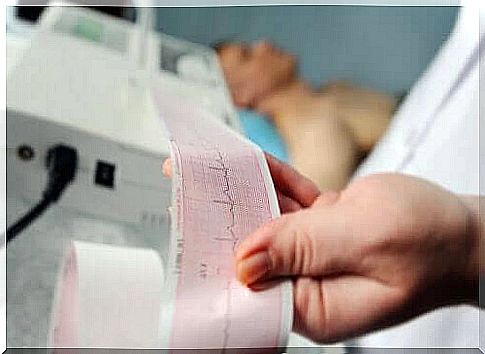
Other causes of chest pain
As we said, in addition to the organs of the chest and abdomen, other structures and other situations can cause chest pain. It will always be necessary to rule out the most serious causes of pain before proceeding to diagnose other causes that can be treated with less urgency.
Among these causes we have:
- Causes of psychogenic origin : panic attack, for example, in which the pain comes from psychology and not from anatomy. There is a feeling of tightness and discomfort in the chest that is not responding to an organ or its malfunction
- Costochondritis : inflammation of the cartilage that connects the ribs to the breastbone. It can be the result of strain or trauma, but not always. Its treatment is very easy with anti-inflammatory drugs and local cold
- Myalgia : The intercostal muscles that make up the chest wall can be painful, whether from distension, tearing, bruising from trauma, or inflammation. In general, the treatment is also carried out mainly with anti-inflammatory drugs.
- Neuritis : The nerves between the ribs can become inflamed and cause chest pain. A classic example is shingles, in which the viral infection manifests as severe, burning pain along the path of the affected nerve.


